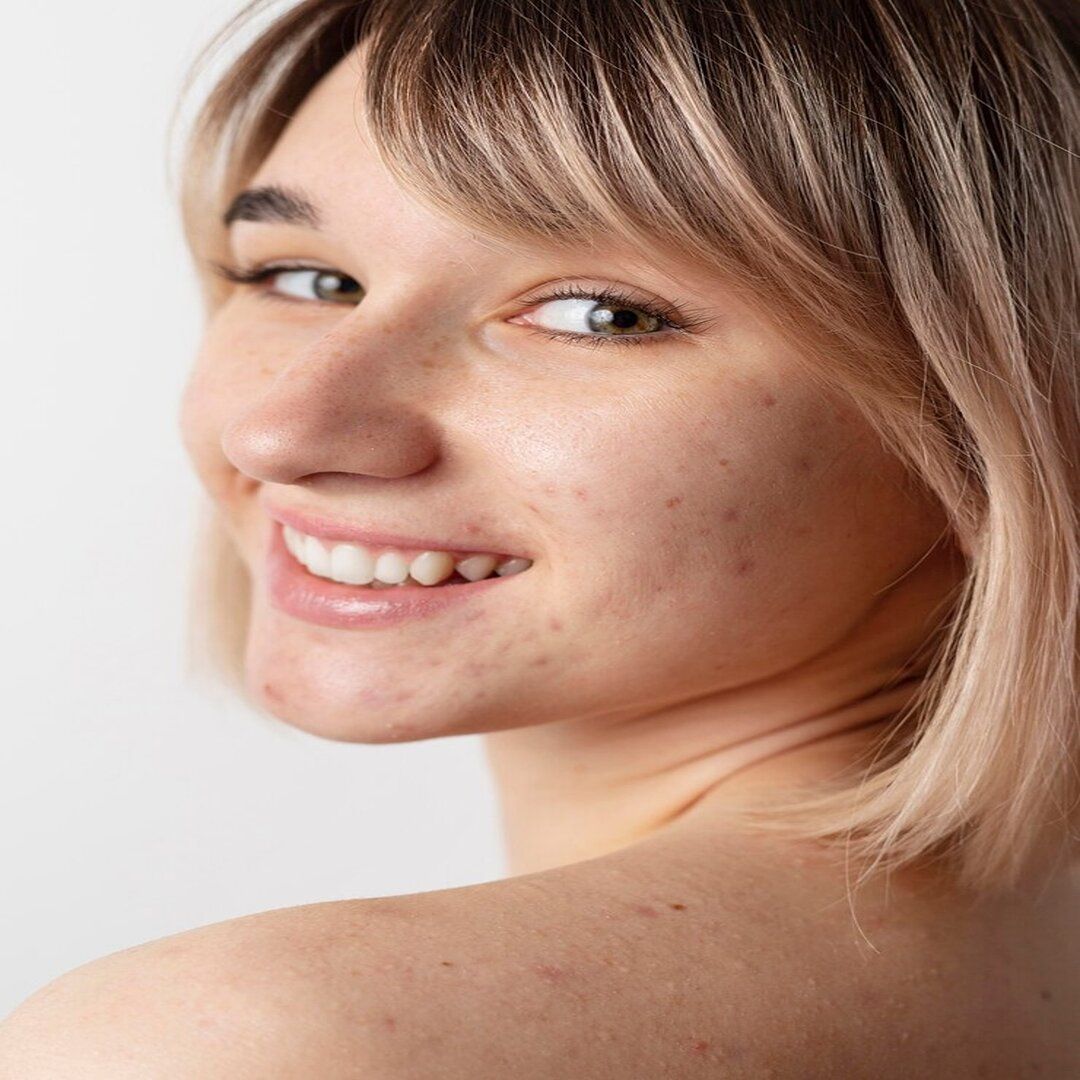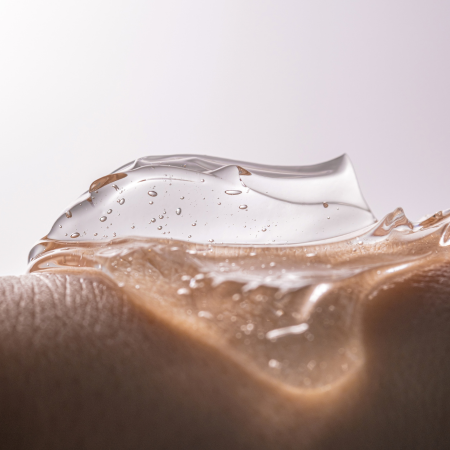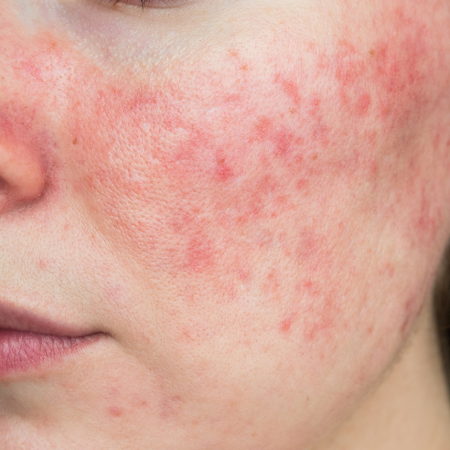The Role of PDO Threads in Scar Tissue Regeneration

PDO (polydioxanone) threads have revolutionized the field of aesthetic medicine, offering versatile applications beyond traditional facelifts. Among their lesser-known uses is scar tissue regeneration, a promising avenue for individuals seeking to minimize the appearance of scars.
The Regenerative Ability of Scar Tissue
When our skin is wounded, the body enters repair mode, knitting the damaged skin together with a substance called collagen. This results in the formation of scar tissue, which acts as a natural bandage, sealing off the wound and preventing infections. However, while it serves this crucial purpose, it can also lead to limitations in movement and affect the overall appearance of the skin.
Scar tissue tends to have a different texture and appearance compared to normal skin. It might appear raised, sunken, or have a different color altogether. In some cases, it can also lead to discomfort and constrain the natural movement of nearby muscles and tissues, especially when it forms in delicate areas such as the face and neck.
The properties of scar tissue depend on various factors, such as the depth and size of the wound, genetics, age, and general health. Larger wounds or those that take longer to heal, tend to produce more pronounced scars. Similarly, genetic factors can influence how an individual's body repairs and develops scar tissue.
So, understanding the nuances of scar tissue formation and its impact on the skin lays the foundation for recognizing the significance of interventions like PDO threads in aiding scar tissue regeneration.
Considering the intricate dance between collagen production and connective tissue interaction, this provides further insight into how this procedure facilitates skin rejuvenation.
Collagen Production and Connective Tissue Interaction
Collagen serves as a scaffolding that holds everything together, almost like a glue that maintains the firmness and elasticity of our skin. It is crucial for the healing process of injured skin and trauma recovery. Here's where PDO threads come into play: they stimulate collagen production, aiding in skin rebuilding and rejuvenation.
Expanding upon this idea, the production of collagen is vital for skin health as it not only provides structure but also aids in wound healing. The introduction of threads into the skin stimulates the production of this essential protein, which plays a critical role in promoting scar tissue regeneration.
Now, let’s talk about connective tissues. Think of connective tissues as a network of support for your skin, responsible for maintaining its integrity and flexibility. In cases of skin trauma or injury, these tissues experience stress, ultimately impacting the appearance and texture of the skin and potentially leading to scar formation.
This is where PDO threads once again step into the spotlight. In addition to promoting collagen production, they interact with connective tissues to help restore the integrity and flexibility of the skin. This interaction is pivotal for effective scar tissue regeneration and improving the overall quality and appearance of the skin.
Importance of Healthy Connective Tissues
Healthy connective tissues contribute significantly to maintaining a youthful appearance and play a vital role in wound healing and minimizing scar formation.
Understanding how collagen production, along with the interaction with connective tissues, is essential to comprehending how face threading can facilitate scar tissue regeneration and improve overall skin quality.
By unraveling the intricacies of collagen production and connective tissue interaction, we gain insight into the profound impact of PDO threads on scar tissue regeneration.
Introduction to Face Threading
Derived from polydioxanone, a highly versatile synthetic absorbable surgical suture, PDO threads are well-known for their biocompatibility. This indicates that your body has accepted them completely without having an adverse reaction.
You might be surprised to learn that its application extends beyond the realm of scar tissue regeneration, finding a place in various medical fields such as cardiovascular surgery, orthopedics, and ophthalmology. Their long history of safe use in diverse medical procedures speaks volumes about their proven effectiveness and safety.
When used for scar tissue regeneration, PDO threads are delicately inserted into the skin, where they act as a catalyst for stimulating the production of collagen. Collagen is like the scaffold that supports healthy, youthful-looking skin. The insertion encourages your body to produce more collagen, which can help improve the appearance and texture of scar tissue.
But that's not all; the effect of face threading goes beyond just stimulating collagen production. It also plays a crucial role in improving tissue quality. By enhancing tissue quality, this treatment helps to restore the natural harmony and elasticity of the skin, contributing to a more youthful and rejuvenated appearance.
How PDO Threads Stimulate Collagen Production
Polydioxanone (PDO) threads act as boosters for your skin's natural rejuvenation process. Upon insertion into the skin, these threads trigger the body's own healing response.
The real magic unfolds when it provokes the production of new collagen. Collagen is a protein that acts as a building block for your skin, providing it with strength and elasticity. As we age or when our skin is injured, our natural collagen production may slow down, potentially leading to wrinkles or scars. However, with the assistance of threads, the body revs up its collagen production, promoting cell growth and tissue repair.
PDO threads not only stimulate collagen production but also trigger a mild inflammatory response. While this inflammation might sound daunting, it actually aids in facilitating accelerated healing. This mild inflammatory response jumpstarts the natural rejuvenation process of the skin by bringing all the necessary repair crews into your body to fix the damaged area.
Consider this: When you get a small cut, your body dispatches additional blood flow to the area, causing it to become red and swollen. This signifies your body's effort to bring all the vital tools and materials needed for healing and repair. Likewise, with this procedure, this inflammation hastens the healing process by assembling all the resources required to regenerate healthy skin tissue that's free from scars.
Therefore, when discussing scar tissue regeneration, it's vital to recognize that it's not solely about concealing scars; it's about aiding your body in creating new, healthy skin tissue that can gradually replace and reduce scarred areas. And it all starts with the natural enhancement that face threading provides, which jumpstarts the skin's natural rejuvenation process and initiates collagen production.
Dermatological health and scar tissue regeneration
The field of dermatology has undergone a remarkable shift with the introduction of PDO threads. These threads offer a promising solution for individuals struggling with various types of scars, such as hypertrophic scars, keloids, and atrophic scars. What's fascinating is that these threads have brought significant relief to those hoping for non-invasive methods of treatment, revolutionizing the approach to scar management.
Beyond scar tissue regeneration, face threading also contributes to overall dermatological health. They improve skin quality and texture, correcting issues like sagging skin, wrinkles, and fine lines. This not only addresses aesthetic concerns but also amplifies one's confidence and well-being.
Benefits of PDO Threads in Dermatological Health
- Improving Skin Quality: stimulating collagen production and enhancing vascularization,
- Addressing Specific Scar Types: offering effective management options for hypertrophic scars and Keloids.
- A non-invasive approach: reduces the risks associated with traditional surgical interventions.
Imagine the relief a person feels when they witness a noticeable improvement in their skin texture and a reduction in the prominence of their scars through these non-surgical procedures. It's not just about changing how they look; it's about changing how they feel about themselves.
Furthermore, this procedure is contributing to a paradigm shift in how individuals perceive scar management. Where once there was resignation to living with imperfections caused by trauma or injury, there is now hope for visible improvement without drastic measures.
It is not surprising that more people are choosing these effective yet minimally invasive treatments for scar tissue regeneration and overall skin improvement, given the advancements in dermatology
Reports from Patients Undergoing Scar Tissue Regeneration
Real anecdotes shared by individuals undergoing scar tissue regeneration can provide valuable insight into what to anticipate from this treatment. Many patients have expressed substantial improvements in the appearance and texture of their scar tissue after undergoing this procedure.
Benefits of Scar Tissue Regeneration
- Reduction in Scar Visibility: Patients frequently note a reduction in the visibility of their scars following PDO thread treatment, contributing to an overall improvement in the aesthetic appearance of the skin.
- Enhanced Skin Smoothness: Patients often report experiencing enhanced skin smoothness after undergoing scar tissue regeneration with PDO threads, resulting in a more uniform and refined skin texture.
- Increased Flexibility in Treated Areas: Many patients have observed increased flexibility in the areas treated with thread lifting, addressing discomfort and limitations in daily activities caused by scar tissue.
Evaluating the Benefits and Results of PDO Threads
The utilization of face threading in scar tissue regeneration offers a range of advantages, making it an attractive option for many individuals. A key benefit is providing a minimally invasive treatment approach. This means that patients can achieve significant improvements in scar tissue without undergoing traditional surgical procedures involving larger incisions, extensive tissue manipulation, and longer recovery times.
The minimally invasive nature not only reduces the physical trauma to the skin and underlying tissues but also contributes to shorter recovery periods compared to traditional surgical options. This can be particularly appealing to individuals seeking effective scar tissue regeneration while minimizing the downtime and discomfort associated with recovery.
By addressing visible improvements in scar tissue, PDO threads play a crucial role in contributing to overall well-being. The positive impact on a patient's self-image and reassurance from physical enhancement can significantly amplify emotional well-being. This holistic approach to patient care is an essential aspect of scar tissue regeneration that extends beyond physical improvements.
In conclusion, PDO threads present a compelling option for scar tissue regeneration, offering a blend of physical improvement and emotional well-being that resonates with many individuals seeking effective and sustainable solutions.




